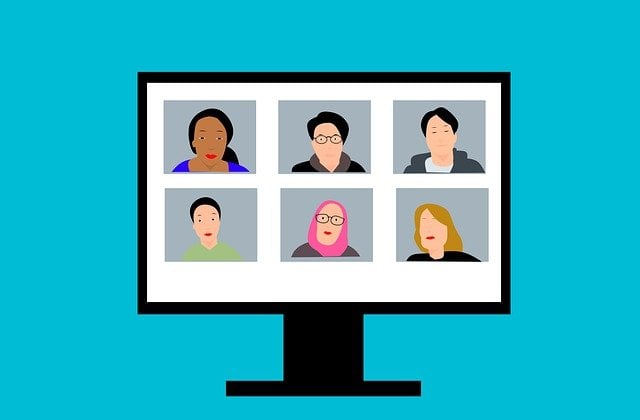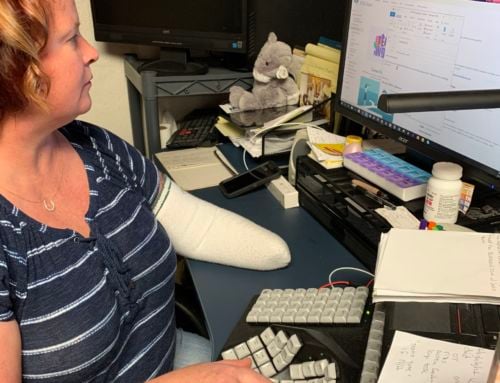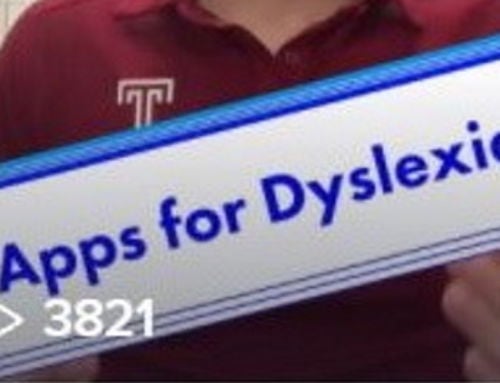How I Communicate–A Tool for #SevenTimes

In recognition of National Sexual Assault Awareness and Prevention Month this A.T. Tip for #SevenTimes shares a tool created by Carol Zangari, Ph.D., CCC-SLP for working with persons with complex communication needs.

Did you know that individuals with intellectual or developmental disabilities (I/DD) experience sexual assault at a rate that is at least seven times higher than it is for individuals without disabilities?
A.T. Tips for #SevenTimes provides assistive technology (A.T.) tips, tools, and resources for ending the sexual abuse of persons with intellectual or developmental disabilities (I/DD). For the second in our series, we are spotlighting a communication tool shared by Carol Zangari at her PrAACtical AAC Blog. We were made aware of this tool by A.T. specialists at the New England A.T. (NEAT) Center, a partner of the CT A.T. Program (CT Tech Act Project). The NEAT Center and the nonprofit disability services agency Oak Hill launched the #SevenTimes awareness initiative to maintain focus on this unacceptable statistic and the need for education and action.
Persons with I/DD experience sexual assault at a rate that is at least seven times higher than it is for individuals without disabilities.
as reported by National Public Radio’s Abused and Betrayed series.
Adults and children with complex communication needs are more vulnerable to sexual abuse when they do not have a means for effective communication and/or the vocabulary to express what is wrong.
In their webinar, Preventing & Responding To Sexual Abuse Of People With I/DD, Brenna Doyle, MA, MS, and Elena Fader, MA, CCC-SLP, Director of AT Services at Oak Hill’s NEAT Center note the importance of including ways to say “No,” “I have a choice,” “Stop,” “I don’t like that,” and more on communication boards. Of course, including them also requires incorporating them into teaching core vocabulary.
“It’s really important to think about how do we teach these words so that somebody can advocate for themselves in a particular situation,” Fader emphasizes. “[For example] being able to say ‘I don’t like that!’ If you don’t have a way to say that or you don’t know that you have a right to say that, is a huge problem.”
In addition to teaching vocabulary is the need for caregivers to learn each individual’s personal ways of communication. “Beginning communicators often use signals that are unconventional to express their emotional states, wants, needs, and ideas,” writes Zangari in her post about recognizing and responding to unconventional communication signals. “That can work really well when the people in their lives recognize those signals and respond to the communicator’s intent. But when the signals are subtle or idiosyncratic, team members may miss them or misinterpret them.”
Zangari provides two tools for documenting and sharing a learner’s gestures and other forms of communication, their “personal dictionary.” The first is from the Oxford Health NHS Foundation Trust and provides an example grid with columns for “What I do…,” “What it might mean…,” and “What you should do….”
The second is Zangari’s adaptation of this tool into “How I Communicate,” a PrAACtical AAC Communication Dictionary (PowerPoint) template. And she has added a page of instructions for users. (It is a little difficult to download from her blog site, so we are providing the download link here.)
Obviously, this tool is fundamental for communication regardless of the #SevenTimes statistic. However, becoming fluent in a person’s personal dictionary is also foundational for understanding when something is wrong and for gaining trust. During their webinar, Fader and Doyle quote Nora Baladerian, Ph.D. from “Trauma and Posttraumatic Stress Disorder in Individuals with Intellectual and Developmental Disabilities:”
“There is often a failure to interpret changes in body language to express traumatic impact. Such changes are interpreted as behavioral problems and fail to treat the trauma related effects.”
Nora Baladerian, Ph.D.
Do you know someone who would benefit by having and sharing a personal communication dictionary?
Read the first in our A.T. Tips for #SevenTimes series to learn about additional educational resources.
Monthly Blog Digest
Search the blog
State AT Program Blogs
California
Florida
Indiana
Kentucky
Louisiana
Maryland
Massachusetts
Michigan
Montana
North Carolina
North Dakota
Utah
State AT Program Blogs
The AT3 Center, the Association of AT Act Programs (ATAP), and the Administration on Community Living (ACL) make no endorsement, representation, or warranty expressed or implied for any product, device, or information set forth in this blog. The AT3 Center, ATAP, and ACL have not examined, reviewed, or tested any product or device hereto referred.








